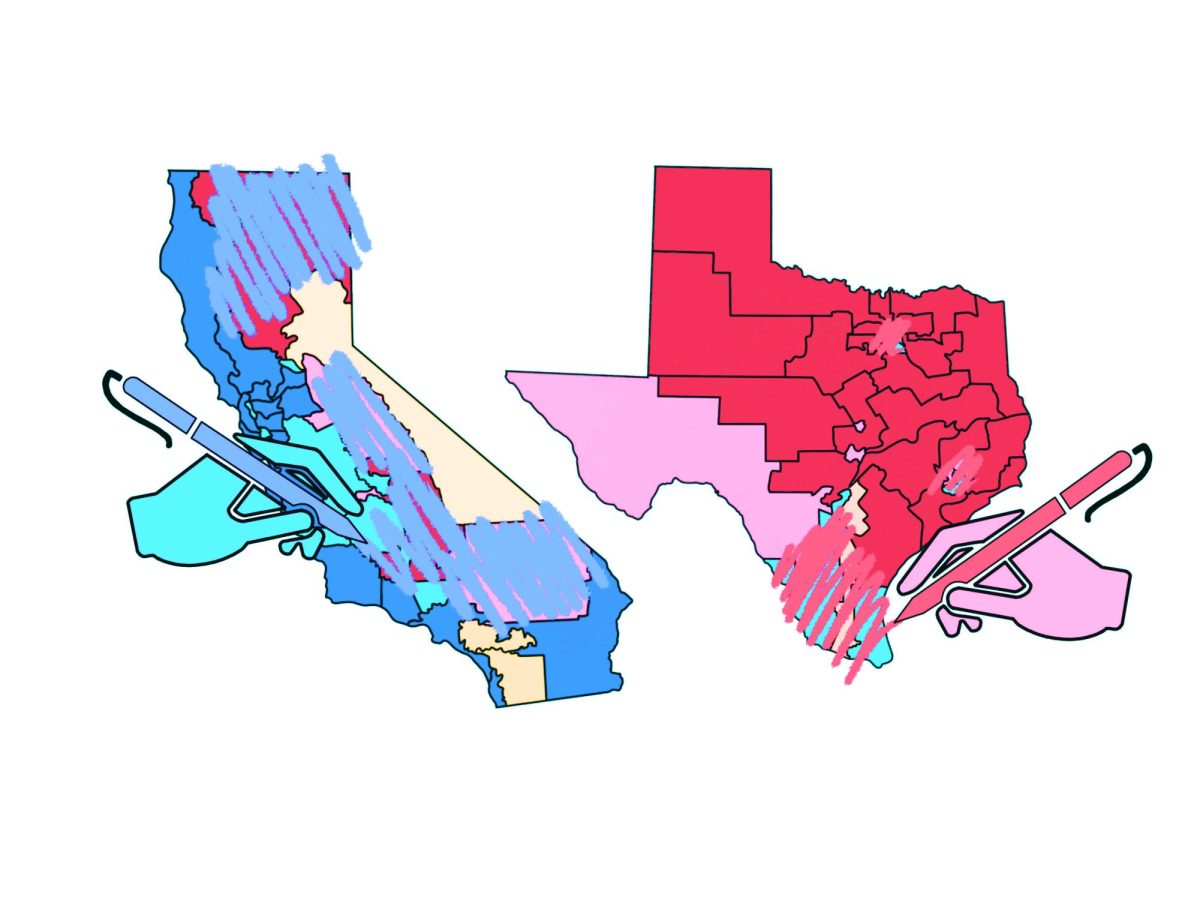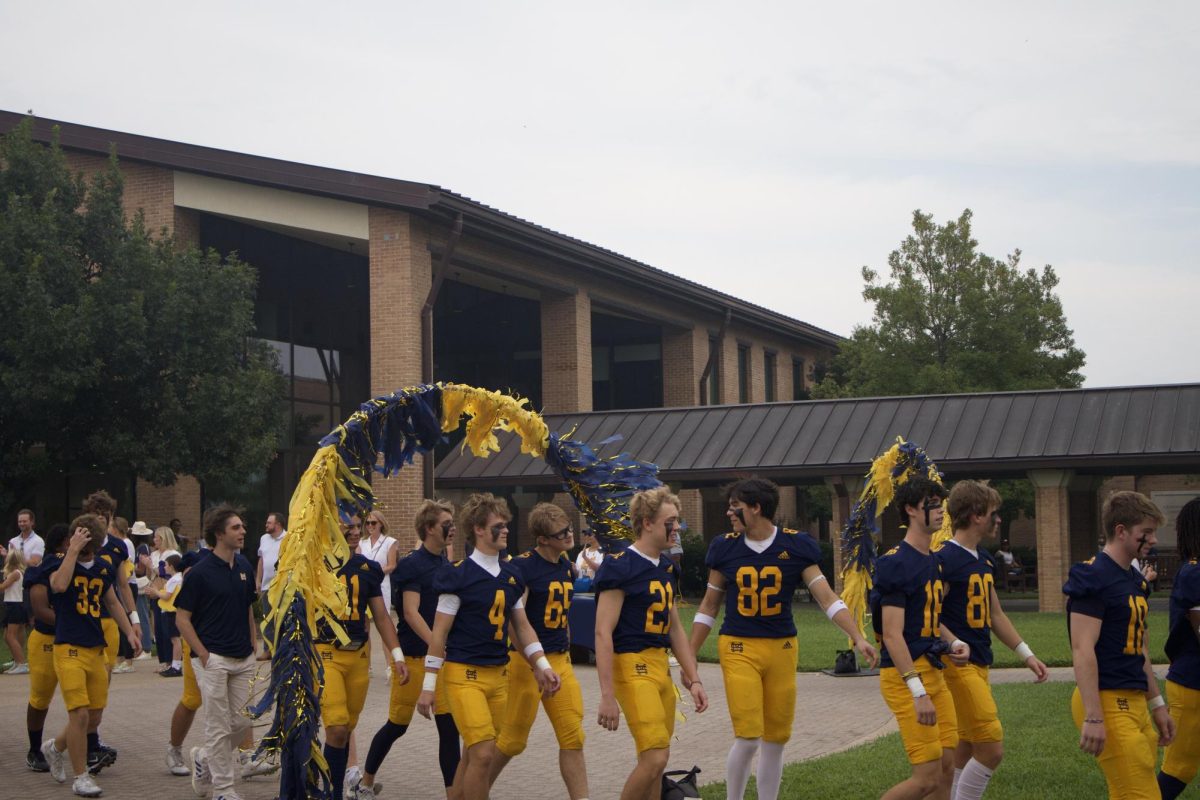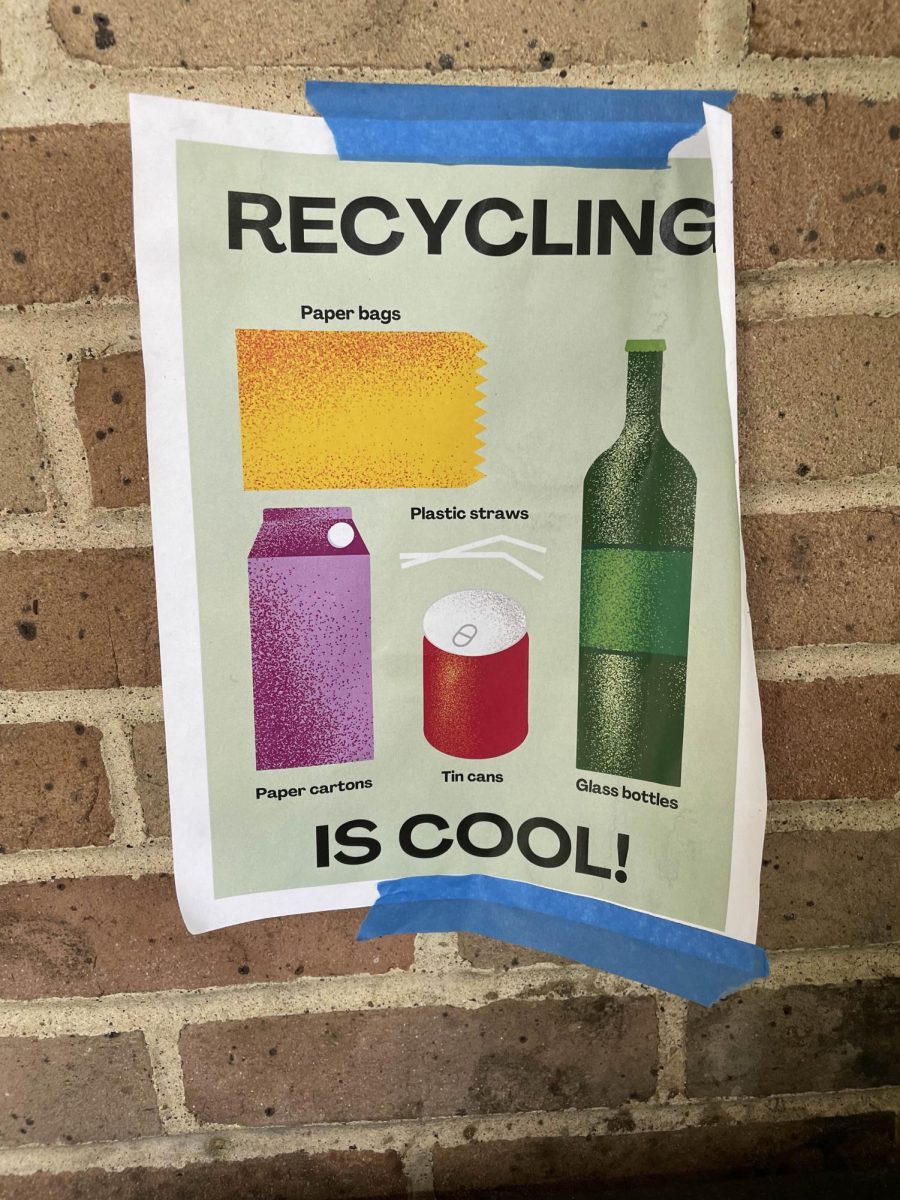Dating Dilemma


Senior Daniel Sun met his girlfriend at a school dance in the fall of his freshman year.
The next year their relationship began to grow. Once-a-day snaps turned into late night texting. Their casual conversations developed into deep ones.
By December of their junior year, it was official—they were dating.
Yet unlike generations past, their developing bond faced a distinctly modern challenge: they rarely saw each other in person.
In a different school, without a car and with a different evening schedule, Sun lacked the opportunity to see her regularly, if at all.
So they relied heavily on digital lifelines—FaceTime calls every night, constant texting, and Snapchat updates throughout their days apart.
Now a senior with his own transportation, Sun’s relationship has survived in an era when fewer teenagers than ever are engaging in formal romantic relationships.
An era where digital communication dominates. Where traditional relationship milestones are increasingly delayed, or even bypassed altogether. Where the phrase ‘we’re together’ has too many different meanings.
An era where dating isn’t as clear-cut as it used to be.

According to research from the American Institute for Boys and Men, teen dating is rapidly declining nationwide. Only 56 percent of Gen Z adults reported having had a romantic relationship during their teen years—a significant drop from the 78 percent of Baby Boomers and 76 percent of Gen X-ers who dated as teenagers.
The decline is even more pronounced among young men. Just 54 percent of Gen Z men reported dating as teens, with 44 percent having no relationship experience at all during their teenage years—double the rate of older generations.
Lisa Phillips, who studies teen relationships, has seen this shift firsthand through interviews conducted with young men for her book, “First Love: Guiding Teens through Relationships and Heartbreak.”
“Their relationships are different,” Phillips said. “Certain things that were considered markers of teen life when I was a teen, and even when people 15 years younger than me were teens, tend to be happening less and happening later.”
Among the factors contributing to the general decline of teenage dating relationships, Upper School Counselor Dr. Mary Bonsu recognizes shifting priorities.
“People don’t want true relationships anymore. They just want the benefits and a quick hit of dopamine, which is just perpetuated with the ease of connection with social media.”
Eduardo Mousinho, senior
“There are a lot of resources around optimizing your experience as a teenager in terms of academic resources, tutoring, sports and club sports,” Bonsu said.
She notes that the growing focus on both academic and extracurricular pursuits limits both the time and flexibility for students to pursue romantic relationships—especially in the rigorous and demanding environment of the school.
“The primary focus of adolescence now,” Bonsu said, “is to be as prepared as you can be for higher education.”
Sun feels this pressure particularly from his parents. Encouraging him to prioritize his studies, Sun’s parents were initially hesitant towards his pursuing a serious relationship.
Eventually though, they saw that having a girlfriend did not limit his ability to perform in the classroom.
Senior Eduardo Mousinho, who has dated his girlfriend for over two and a half years, shares this experience and balances his workload, athletics and extracurricular activities with spending time with his girlfriend.
“Dating is no different from another time commitment,” Mousinho said. “You just find a way to make it work when something is important to you. You know what you prioritize, in this case a relationship, and you just make the time work.”
Even still, some parents remain opposed to their teens dating during such an important academic chapter of their lives. Many students feel the same way.
Despite growing hesitancy, the developmental importance of teenage dating remains a positive experience.
“The pros of being in a relationship as a teenager is that you get that experience,” Bonsu said, “And when it comes to long-term committed relationships, the more experience you have, the more of a benefit it is than it is a detriment.”
Morgan Chow ‘23 learned a lot from his first relationship.
He started dating his first girlfriend the November of their senior year.
They got food together. They listened to Spotify Jams together. They played video games together.
He could talk with her about the petty things that annoyed him. He could talk about the really serious things in life.
And going into their freshman year of college more than 1,500 miles away from each other—Chow thought long distance would work out. After all, they’d make it work out so well going to different high schools, doing different extracurriculars and different sports.
But at a new school with so many new people to meet—Chow found it hard to constantly communicate with his girlfriend.
“I tried compromising a little bit, but it was difficult for me to hold up my end of the deal because a lot of the time I just genuinely did not have the time,” Chow said.
There were things that he couldn’t give up—like hanging out with new friends that he had made—to really talk with her all that much. And it became a burden.
Though his relationship with his girlfriend ended after a month of long distance—he’s taken away a lot from it.
He learned about responsibility because he had a partner that he supported and also felt support from.
He learned about really trusting people—in any relationship he’s in.
He learned about his boundaries—and what he’s willing and not willing to give up.
“For that being my first relationship ever, it was really healthy,” Morgan said. “It was really good for me. And, hopefully, it was good for her as well.”
According to the American Institute for Boys and Men, Americans who had teenage romantic relationships are more likely to be married or in committed relationships later, a nearly 20 percent gap that widens among younger generations.
Bonsu adds that dating in teenage years teaches boys what intimacy, emotional communication and conflict resolution means to them, something that Mousinho has taken to heart.
“You aren’t just responsible for yourself, but you are responsible for the well-being of another person,” Mousinho said. “Being able to talk to them and understand what they are going through is critical.”
Sun sees his own relationship reflecting this personal growth as well.
“I think you should always look into a relationship for not only the fun you can have, but for the opportunities you can use to grow as a person,” Sun said.

For many teens who date, relationships have become increasingly ambiguous. The lines between labels are now unclear, confusing teenagers looking for a genuine connection.
Phillips links this shift to technology.
“Social media has made the whole concept of what a relationship is, and what a romantic or a sexual experience is much more elastic,” Phillips said.
The Cambridge Dictionary defines a situationship as “a romantic relationship between two people who do not yet consider themselves a couple but who have more than a friendship.”
With social media platforms being so accessible, students have an easier time communicating, yet they often miss out on formal, longer-term commitments.
Additionally, many people take the picturesque or curated profiles of online influencers and create unrealistic expectations for what a partner should look like, act like or value.
Senior Noah Williams acknowledges that this can create non-starters for relationships when the vision of dating someone is tarnished by false, unrealistic expectations.
“Sometimes unrealistic expectations can exist because of content that is perpetuated on the internet,” Williams said, “leading to really high standards that discourage people from dating and learning about each other.”
These standards, combined with the ease of communication that makes for more casual conversation, has led to the rise of the situationship.
“I feel like most people are just looking for that short-term relationship,” Sun said.
Situationships have become increasingly common among teenagers and young adults. The ambiguity can be appealing, offering companionship without commitment, but it can also lead to confusion and emotional distress when expectations don’t align.
“People don’t want true relationships anymore,” Mousinho said, “They just want the benefits and a quick hit of dopamine, which is just perpetuated with the ease of connection with social media.”
Phillips points out that boys are often assumed to have the upper hand in the culture of ambiguous relationships, situationships, friends with benefits.
“But a boy can be just as vulnerable as a girl.” Phillips said.
Phillips finds it common for dating relationships, and even short-term situationships, to have a profound impact on a boy’s emotional well-being.
“When they go through tough times with relationships, it can actually be a lot worse for boys,” Phillips said. “If they lose their girlfriend, it’s likely they’ve lost their main resource for emotional intimacy.”
The Pew Research Center notes that post-breakup behavior has also changed significantly in the digital age.
Forty-three percent of teens have untagged or deleted photos with an ex on social media, and 42 percent have unfriended or blocked former partners.
On the other hand, technology does offer opportunities for increased connection if used in the proper ways. Williams met his girlfriend through mutual friends freshman year, but used Snapchat to get to know her better before they began officially dating.
“I felt more comfortable at times talking to her over Snapchat at the start of when we started ‘talking,’” Williams said. “It seemed more casual than a text and helped me learn a lot about her before we began hanging out more and then dating.”

As teens approach college, they face decisions about continuing high school relationships.
“The pros slightly outweigh the cons in having a respectful end to a relationship happening senior year.” Bonsu said.
The numbers support her assessment—the vast majority of high school relationships don’t continue beyond graduation.
Sun and his girlfriend, who will attend different colleges in the fall, haven’t discussed long-distance plans in depth.
“I think we just both want to focus on the present and have fun the rest of senior year,” Sun said. “But our hopes are that we’ll continue (dating) in college.”
This transition period can be particularly challenging as teens navigate their evolving identities.
“(This) generation does not have, in some really great ways and some really difficult ways, the clarity of purpose around first relationships that my generation had,” Phillips said.
For those who do maintain long-distance relationships, technology offers more tools than ever before. Video calls, messaging apps and social media can help bridge physical separation.
However, as Sun experienced firsthand, these digital connections have fundamental limitations.
The lack of physical presence—the inability to hold hands, share experiences side by side or simply be in the same room—remains a significant hurdle to overcome.
As modern relationship dynamics continue to evolve, teenagers must navigate relationship beginnings and endings without established norms to guide them.
Yet Phillips knows values can still be instilled in teens, especially from their parents.
“Tune in to boys’ need for emotional expression and attention,” Phillips said, “to engage in conversations about crushes and romantic relationships, and to do that from an early age.”
Bonsu urges parents to follow the same advice.
“Teach kids about your values,” Bonsu said. “Dating is values-based. Their values might be different from your values, but keep that dialog open.”
Whether through traditional dating or evolving relationship forms, the fundamental challenge for today’s teens remains learning to navigate emotional connection in an increasingly digital, achievement-focused world.
As dating patterns continue to shift, the need for meaningful connection remains constant—even if the pathways to finding it are being reimagined with each generation.

















